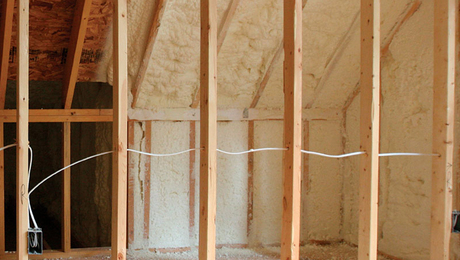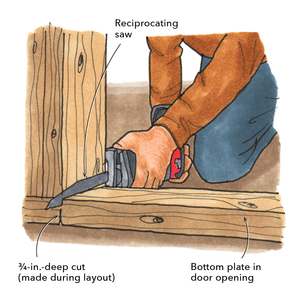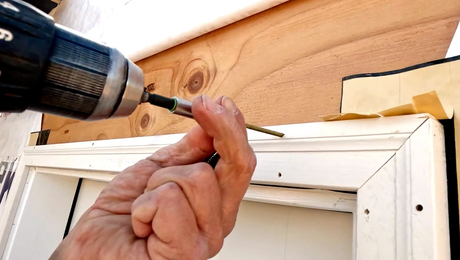Mortising a Hinge without a Router
Do this, not that when working neatly with a chisel, a good option for mortising a hinge.
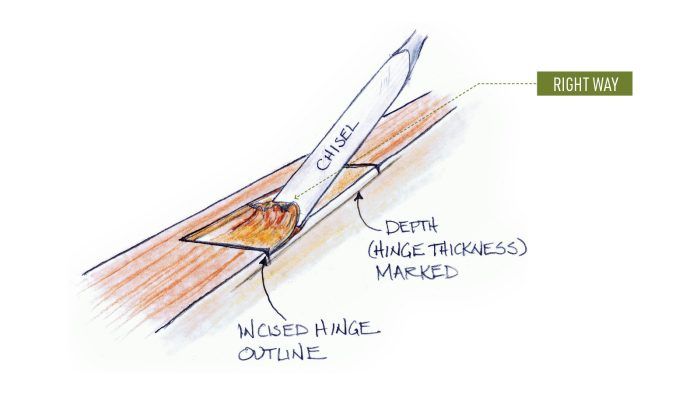
You’ve found the perfect five-panel door to replace the hollow-core one left from a 1960s remodeling. But it’s not exactly the right size. If it’s a half inch or so too wide, it might appear easy to saw a small amount of wood from the hinge side, so that you don’t have to re-mortise the lockset or deal with the bevel on that edge. That would require you to remake two or three hinge mortises.
You’ll find DIY texts touting the use of a router to make the mortise. But, if you don’t have experience with routers and the use of mortise templates, you may find that power tools only let you make bigger mistakes faster. A better technique relies on a sharp chisel.
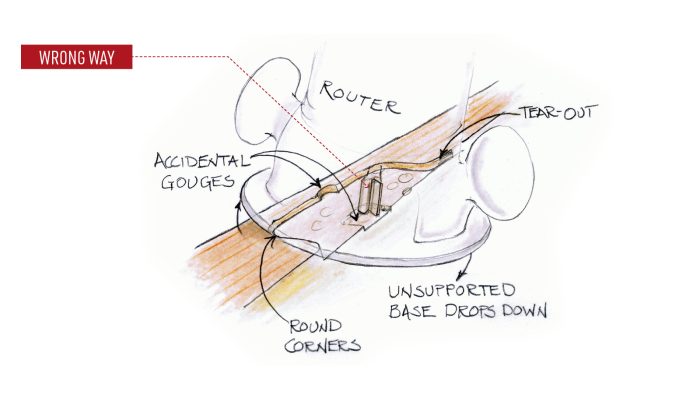 |
 |
Powering AheadA router equipped with a mortising bit seems like a good bet. If you need to mortise a dozen doors, it probably is—especially in skilled hands. You want to be familiar with the idiosyncrasies of power routers equipped with mortising templates. Without that experience and an understanding of how to support the router base, however, this method may gouge the door and actually take more time than using a hand chisel. |
Neat Work With a ChiselHere’s how: Lay the hinge in the desired location on the butt of the door. Deeply score the outline with a sharp utility knife. Carefully measure the depth and clearly mark it on the side. Next, with a very sharp chisel positioned bevel down, begin to pare the wood for about ½” toward the scored line. Continue this way a little at a time until, at the end, you reverse the process. Finish by gently slicing the wood to the depth line. |
— Written by Ray Tschoepe
RELATED STORIES

